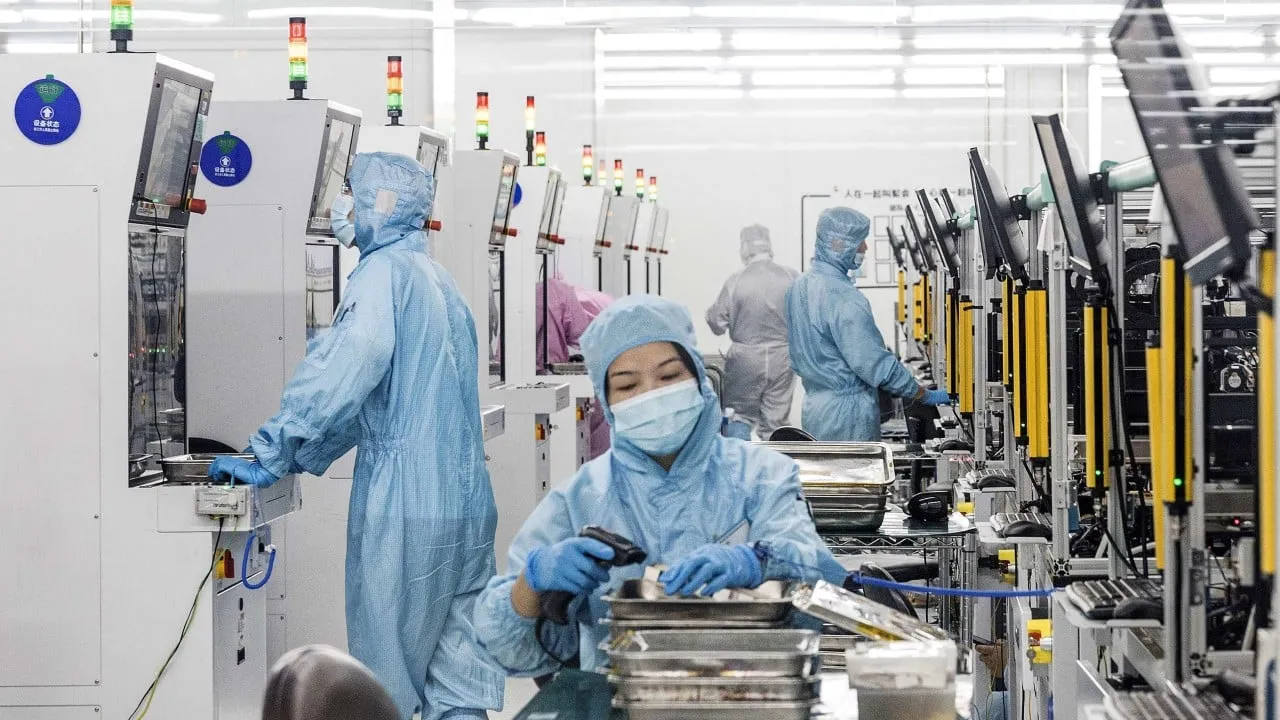Post-Pandemic Slump: China Targets 5% Growth with Stimulus Measures

China’s Economic Landscape Amid Post-Pandemic Challenges
In the wake of a significant post-pandemic slump, China is focused on achieving a 5% growth target through various stimulus measures. Aiming to transition towards a dual circulation economic model, Beijing is prioritizing domestic demand to bolster its economic resilience.
Driving Forces Behind Growth
- The massive success of Chinese innovations like Black Myth: Wukong highlights the country’s commitment to home-grown innovation.
- BYD has surpassed Tesla’s electric vehicle sales, securing its place among the top companies in the Fortune Global 500 list.
- Over 1 trillion yuan has been allocated to emerging industries, including artificial intelligence and green technology, proving the government's dedication to tech advancements.
Regional Developments and Opportunities
The development of technological hubs, particularly in cities like Shenzhen and Hangzhou, showcases China’s strategy towards fostering a competitive edge. The Greater Bay Area is positioned as China’s Silicon Valley, attracting foreign investments and enhancing local economies.
Challenges in Economic Transformation
Despite these encouraging developments, challenges remain, including a shrinking workforce and fluctuating domestic demand. The historical reform and opening up policy must evolve to accommodate new realities and ensure stability within the economy.
Building Resilience for Future Growth
- Emphasis on domestic supply chains to mitigate global disruptions.
- Creating an equitable distribution of opportunities to foster inclusive growth.
- Strengthening institutional frameworks to adapt to demographic changes.
The road to a self-sufficient and innovation-driven economy is complex but attainable. As policymakers engage in strategic reforms, China's evolution will not only shape its own future but also hold significant implications for the global economy.
This article was prepared using information from open sources in accordance with the principles of Ethical Policy. The editorial team is not responsible for absolute accuracy, as it relies on data from the sources referenced.